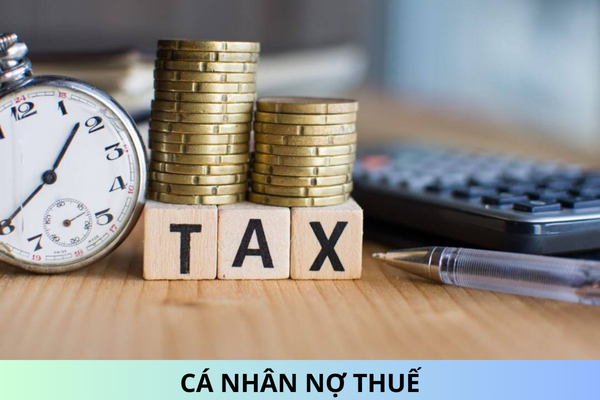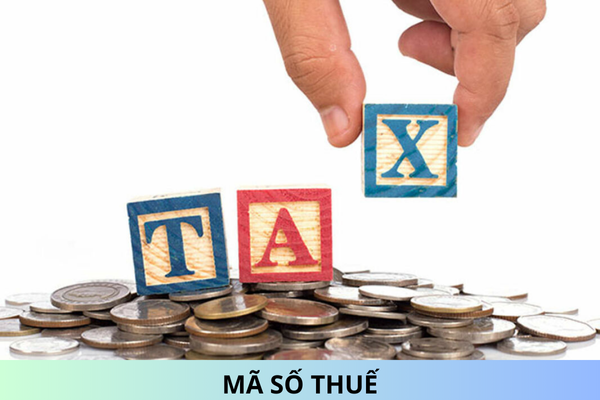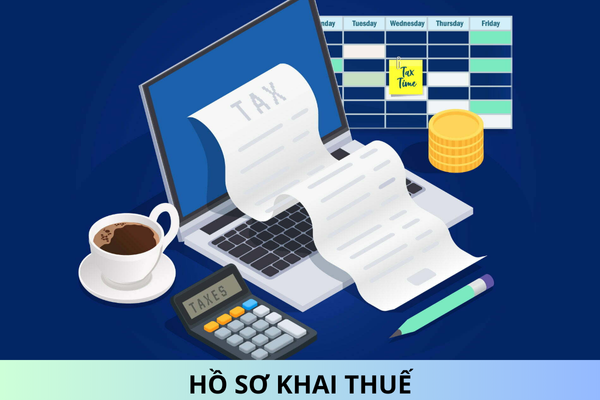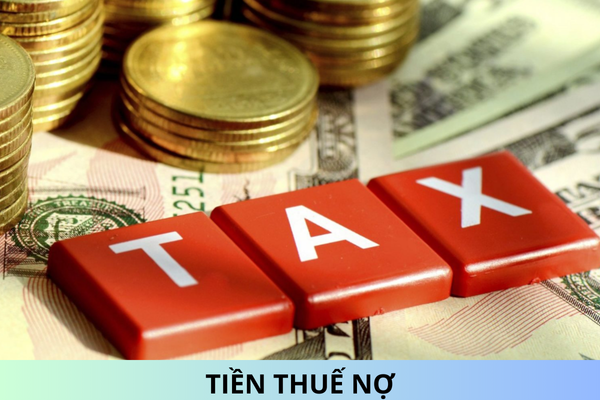Issuance of Circular 36 on the Vietnamese Valuation Standards on Enterprise Valuation
Has the Circular 36 on the Vietnamese valuation standards on enterprise valuation been issued yet? How to determine the value of equity capital of an enterprise in Vietnam?
Issuance of Circular 36 on the Vietnamese Valuation Standards on Enterprise Valuation
On May 16, 2024, the Minister of Finance issued Circular 36/2024/TT-BTC, which regulates the Vietnamese Valuation Standards on Enterprise Valuation.
Circular 36/2024/TT-BTC takes effect from July 1, 2027, and replaces Circular 28/2021/TT-BTC.
Article 7 of the Vietnamese Valuation Standards on Enterprise Valuation, issued with Circular 36/2024/TT-BTC, defines the approaches and methods for enterprise valuation, including:
[1] Market Approach
The value of the enterprise is determined by comparing it to similar enterprises based on factors such as:
- Scale
- Main business sector
- Business risk, financial risk
- Financial ratios or successful transaction prices of the enterprise being valued.
The methods used in the market approach to determine the enterprise value are the average ratio method and the transaction price method.
[2] Cost Approach
The value of the enterprise is determined by the value of its assets.
The method used in the cost approach to determine the enterprise value is the asset method.
[3] Income Approach
The value of the enterprise is determined by converting the forecasted future net cash flows to the appraisal date.
The methods used in the income approach to determine the enterprise value are the discounted cash flow method, the dividend discount method, and the discounted free cash flow to equity method.
When determining the enterprise value using the income approach, the value of non-operating assets at the appraisal date is added to the discounted cash flows of the operating assets.
In cases where the cash flows of certain operating assets cannot be reliably forecasted, the cash flows of these assets may not be forecasted, and their value is determined separately and added to the enterprise value.
For the dividend discount method, non-operating assets such as cash and cash equivalents are not added separately.
Issuance of Circular 36 on the Vietnamese Valuation Standards on Enterprise Valuation - image from internet
How to determine the value of equity capital of an enterprise in Vietnam?
Based on Article 8 of the Vietnamese Valuation Standards on Enterprise Valuation issued with Circular 36/2024/TT-BTC, the determination of the value of equity capital of an enterprise is as follows:
Determining the value of equity capital of an enterprise
The value of equity capital of an enterprise is determined by calculating the weighted average result of the valuation methods applied when using two or more valuation methods. The weighting is based on the reliability of each method, input data information, the purpose of the valuation, and relevant factors.
According to the regulation, the value of equity capital of an enterprise is determined by calculating the weighted average result of the valuation methods applied when using two or more valuation methods.
What conditions must an enterprise in Vietnam meet to apply the transaction price method in valuation?
Based on Article 12 of the Vietnamese Valuation Standards on Enterprise Valuation issued with Circular 36/2024/TT-BTC, the conditions for applying the transaction price method in valuation are as follows:
Transaction Price Method
1. The transaction price method estimates the value of equity capital of the enterprise to be valued through the transfer of contributed capital or successful share transfer transactions on the market of the enterprise being valued.
2. Conditions for applying the transaction price method
The enterprise to be valued must have at least three successful transfer transactions of contributed capital or share transfers on the market. Additionally, the timing of these transactions must not exceed one year up to the valuation date.
3. Implementation principle: It is necessary to evaluate and consider adjusting the prices of successful transactions to be appropriate for the valuation date if necessary.
As regulated above, an enterprise applying the transaction price method in valuation must meet the following conditions:
- The enterprise to be valued must have at least three successful transfer transactions of contributed capital or share transfers on the market.
- The timing of these transactions must not exceed one year up to the valuation date.











